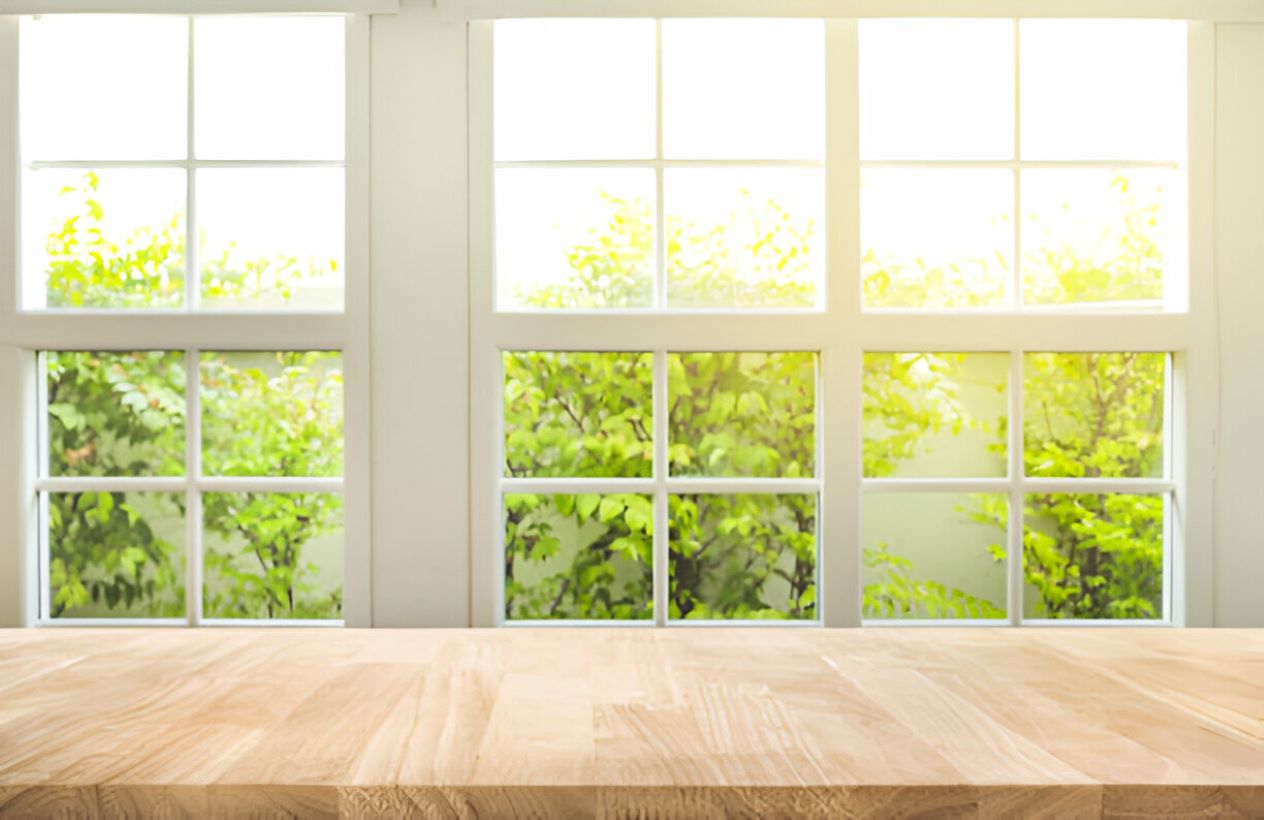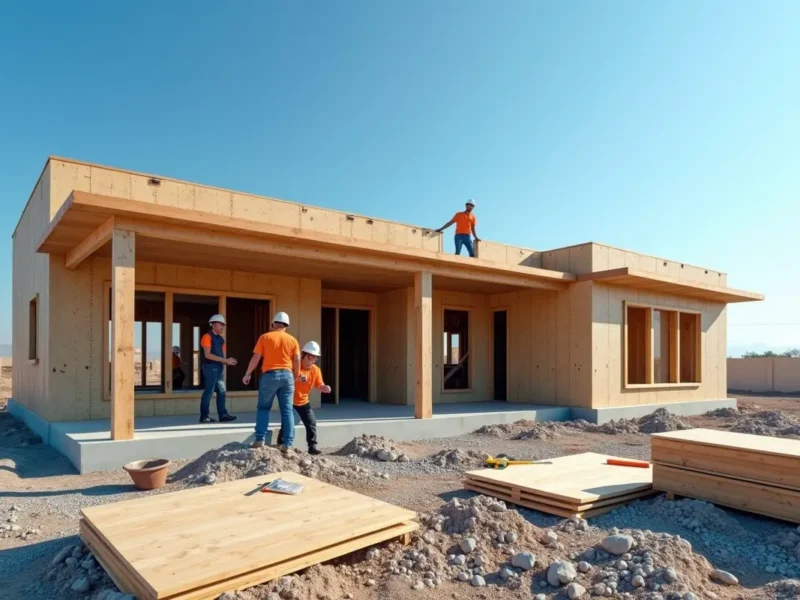For energy-conscious homeowners, investing in efficient windows is a smart move. Energy-efficient windows can significantly reduce heating and cooling costs while improving home comfort. They also play a crucial role in reducing your carbon footprint.
This guide explores various types of energy-efficient windows and their features, helping you make an informed decision for your home.
Contents
Double-Pane Windows: The Energy-Saving Standard
Double-pane windows consist of two glass panes with a space between them. This design creates an insulating barrier that reduces heat transfer. Double-pane windows are significantly more efficient than single-pane alternatives.
They can reduce energy loss by up to 50% compared to single-pane windows. Double-pane windows also help reduce outside noise, enhancing indoor comfort. While more expensive upfront, they offer long-term savings on energy bills.
Triple-Pane Windows: Maximum Efficiency
Triple-pane windows take insulation a step further with three glass panes. They offer superior thermal performance compared to double-pane windows. The additional pane creates two insulating air spaces, further reducing heat transfer.
Triple-pane windows can reduce energy loss by up to 70% compared to single-pane windows. They excel in extreme climates, providing optimal insulation against severe cold or heat. However, they come with a higher price tag and may not be cost-effective in milder climates.
Low-E Coatings: Invisible Insulation
Low-emissivity (Low-E) coatings are microscopically thin, transparent layers applied to window glass. These coatings reflect heat while allowing light to pass through. Low-E coatings can be applied to both double and triple-pane windows.
They significantly reduce heat transfer through the glass, keeping homes cooler in summer and warmer in winter. Low-E coatings also block harmful UV rays, protecting furniture and flooring from sun damage. The energy savings from Low-E coatings can offset their additional cost over time.
Gas Fills: Enhancing Insulation
Gas fills involve injecting inert gases like argon or krypton between window panes. These gases are denser than air, providing better insulation. Gas fills are commonly used in both double and triple-pane windows.
Argon is the most common gas fill due to its affordability and effectiveness. Krypton offers superior insulation but at a higher cost. Gas-filled windows can significantly improve a window’s U-factor, a measure of its insulating ability.
Energy-Efficient Frame Materials
The frame material plays a crucial role in a window’s overall energy efficiency. Materials like vinyl, fiberglass, and wood offer better insulation than aluminum. Vinyl frames are low-maintenance and provide excellent insulation at a reasonable cost.
Fiberglass frames offer superior strength and insulation but come at a higher price point. Wood frames provide natural insulation and a classic look but require more maintenance. Composite frames, combining materials like wood and polymer plastics, offer a balance of efficiency and durability.
Conclusion
Investing in energy-efficient windows is a wise choice for environmentally conscious homeowners. Double-pane and triple-pane windows, enhanced with Low-E coatings and gas fills, offer significant energy savings. Choosing the right frame material further improves overall efficiency.
While these windows may have higher upfront costs, they provide long-term benefits through reduced energy bills and improved home comfort. By selecting the right combination of features, you can create a more energy-efficient home that aligns with your eco-friendly values.



